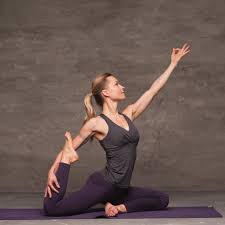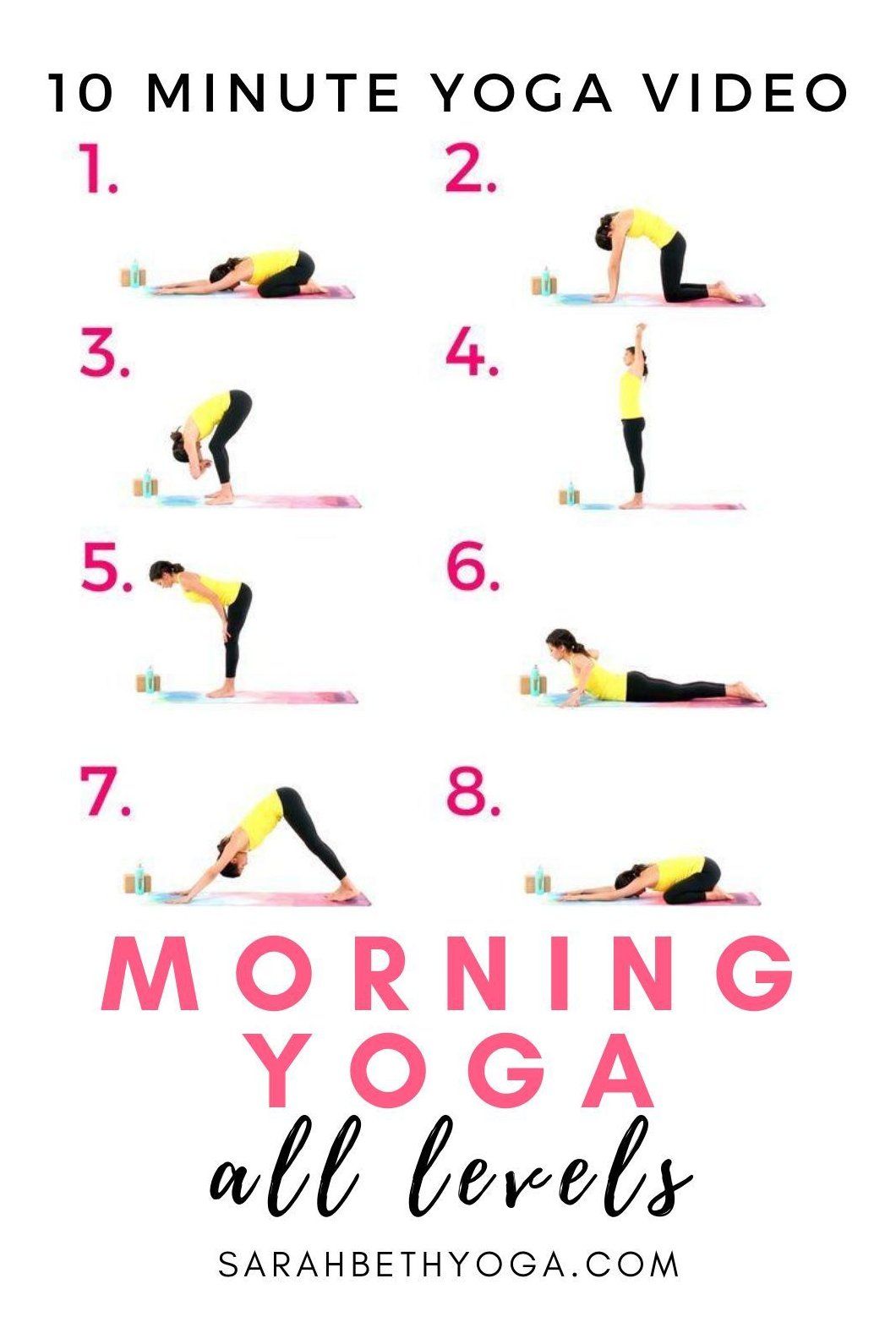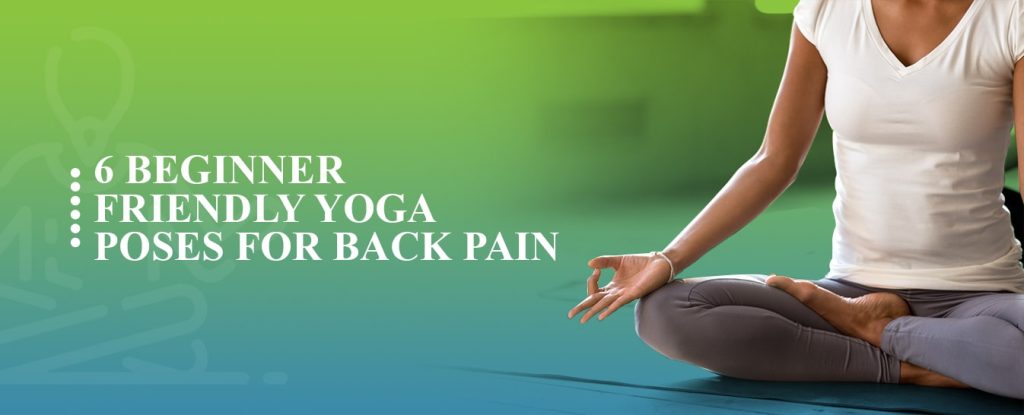
You know that stress can be released by deep breathing. But, yoga can reduce stress. It's one the most important exercises. The body can only release extreme pressure when it breathes in deeply. Remember to take deep breaths throughout the day to help release any small stressors. It is vital to practice yogaic breathing throughout the day for stress management. Even if you don’t feel stressed, even small stressors can make it overwhelming.
Sukhasana
Sukhasana, a basic sitting posture, is considered a meditative position in yoga. The spine should be straightened while the legs are bent slightly. This pose helps to reduce physical and mental exhaustion, as it increases the relaxation response. Many Yoga practitioners swear by this method for reducing stress. Here are three tips to make Sukhasana work:
Cat Pose
There is increasing evidence that yoga can reduce heart rate variability. European Journal of Clinical Investigation published a study showing that six-weeks of hatha yoga led to a significant reduction in sympathetic nervous activity and an increase in activation of the parasympathetic system. The study involved 26 healthy sedentary adults who underwent a regimen consisting of breathing exercises, poses, and relaxation. After the exercise, participants were evaluated for anxiety and heart rate variability.
Paschimottanasana
Passimottanasana (or the forward-folding position) helps to relieve tension and stress by stretching the back and hamstring muscles. This posture also helps relieve constipation and improves flexibility. It can also help reduce stress and belly fat. Watch the video to learn how to do this pose. This pose is great for strengthening your core muscles.

Balasana
There have been many theories as to how yoga reduces stress. These theories focus on five psychosocial factors linked to stress reactivity or mindfulness. Yoga may also help with stress management by increasing self-compassion. These findings aren't conclusive, however. Yoga's effects on stress can vary depending on each person's personal characteristics and experiences. Regardless of the cause, yoga may help people cope with stress and improve their mental and physical health.
Balasana relieves PMS
You can prevent or ease PMS symptoms by practicing yoga every day. Yoga releases endorphins. This is a mood-elevating chemical that also boosts the circulation to your reproductive organs. Yoga can help relieve stress and promote deep relaxation. The downward dog pose, for example, relieves stress and strain on the thighs. Restorative yoga poses are beneficial especially during PMS months.
Balasana helps digestion
Yoga poses for digestion have been shown to reduce stress levels and aid in digestion. Yoga poses stimulate the intestines, pancreas, kidneys, and spleen by increasing the flow of fresh blood. These organs are essential to the body's functioning and require nutrients and oxygen. A few simple yoga poses for digestion can be done anywhere. Below are some of my favorite yoga poses that aid digestion.
Paschimottanasana eases digestion
Uttanasana, or standing forward bend, is a powerful pose in yoga. It relieves stress and anxiety and strengthens the spine. It helps relieve abdominal pain and strengthens your hamstrings. Uttanasana's name comes from the intense stretch it provides the back as well as the hamstrings.

FAQ
What is a good seven-day workout routine?
A seven-day exercise program should consist of three days per week of cardiovascular training (running, biking, swimming), two strength exercises (using free weights, weight machines), and one flexibility/core workout (yoga, Pilates). Each activity should be performed at least once each week. Each session should last no more than 45 minutes.
Cardiovascular Exercises: Swimming, Cycling, Running
The goal is to get in at least 60 minutes of cardio activities per week. Aim for 75 minutes per week to get the best results. Cardio exercise can stimulate blood flow and increase muscle growth.
Strength Training
Cardio exercises target the heart, lungs and muscles. Strength training targets the muscles, tendons and bones. Strength training is a great way to build lean muscle mass that helps you burn calories even if you are not actively exercising.
Flexibility & Core Workouts
To strengthen your whole body, flexibility and core work outs are excellent ways to do so. Both yoga or Pilates are great options.
Is Cardio Better Than Strength Training?
Both are equally great. However, cardio is more effective if you're looking to bulk up faster.
Cardio burns more calories in a minute than strength training and more fat.
Although strength training can increase muscle mass, it is more difficult than cardio to do so.
Is Egg good for man?
All nutrients are contained in the egg. It also helps maintain strong bones, a healthy heart and lungs, and stable blood pressure.
Eggs are a good source of protein and vitamins A, B12, D, E K, calcium, phosphorus iron, zinc copper, magnesium selenium and even riboflavin.
The egg yolk is high in cholesterol. However, the egg yolk is low in cholesterol. Eggs have less saturated oil than many other foods.
They are also low in calories and sodium. Because they can be cooked in almost any way that you wish, they are versatile. You can fry, poach, scramble, boil, hard-boil, and bake them.
They are very nutritious and easy-to-prepare.
Aim to eat two whole eggs per week. You should eat eggs if you are allergic to them.
Essential nutrients are provided by eggs. Include eggs in your daily diet.
Are Cardio exercises good or bad for your health?
Cardiovascular exercise has many advantages. It increases blood circulation, strengthens the heart muscle, boosts stamina, aids in weight loss, and gives you more energy.
Cardiovascular exercise includes running, biking, hiking, swimming, tennis, basketball, soccer, volleyball, football, etc.
It is important that cardio exercises are not performed at high intensities. This could result in injury.
Only do the cardio exercise when you are feeling good.
You should never push yourself beyond your limits. Otherwise, you could end up injuring yourself.
When you engage in cardiovascular exercise, it is best to warm up first. Then, gradually build up to higher intensity levels.
Always listen to your body. If you feel pain, stop doing cardio exercise immediately.
It is also recommended to take some time off after a cardiovascular exercise. This will allow your muscles to rest.
Cardiovascular exercise can help you lose weight.
This is the best way to lose weight and belly fat.
How many times per week should I exercise
It all depends upon how much time you have and what type or exercise you prefer. The general rule of thumb is to exercise aerobically 3 - 5 days per week. It is important to not overdo it. Consistent exercise is essential to achieving maximum benefit from your workouts.
Which exercises work best for you?
It all depends on what type of fitness goals you have. Some people focus on endurance activities like running, cycling, and swimming. Others love lifting weights or using resistance bars. There are many types and styles of exercise available today. Select the one that best suits your needs.
Statistics
- According to the American Heart Association, blood pressure should be checked at least once every two years, beginning at age 20. (my.clevelandclinic.org)
- An estimated calorie range for moderately active adult males falls between 2,200 to 2,800 calories per day, depending on age. (eatright.org)
- Candidates and applicants must pass all four tests at 70% (minimum level) to graduate from Basic Deputy U.S. Marshal (BDUSM) Training. (usmarshals.gov)
- 10 pounds in a month is likely during a lean bulking phase, especially for beginners. (muscleandstrength.com)
- Cardmembers earn 5% Back at Amazon.com with a Prime Credit Card. (amazon.com)
External Links
How To
What should I eat before a workout?
Losing weight requires you to consume fewer calories than what you burn in exercise. You must also eat all of your nutrients.
This includes protein, carbohydrates, fats, and vitamins.
This is best done by eating smaller meals throughout each day, rather than three large meals.
If you are too hungry when working out, you might not perform as well as if you had appropriately eaten beforehand.
Consider drinking water rather than sugary energy drinks. This helps keep you hydrated and energized.
But make sure you're getting enough fluids. Your electrolytes could be diluted if you drink excessive water.
For proper functioning, the body requires electrolytes.
You could also drink sports drinks if water is scarce. They contain sodium, potassium, calcium, magnesium, and other minerals.
These electrolytes can be replenished by this method. However, these won't replace any electrolytes that you might have lost from sweating.
You could also consider taking a multivitamin tablet if you are concerned that you might lose too much salt from exercising.
These include extra vitaminB6, which regulates your body's sodium level.
Supplements are not recommended if you don’t know the amount of salt in your food or beverages.
They aren’t regulated under the Food and Drug Administration.
Certain brands of sports drinks might contain more sodium than others.
Some sports drinks may contain artificial sweeteners or other preservatives. These may cause digestive problems.
If you are worried about too much salt, you could try sea salt.
It contains fewer chemicals than table salt.
Sea salt also lacks iodine. This mineral is important for healthy thyroid function.